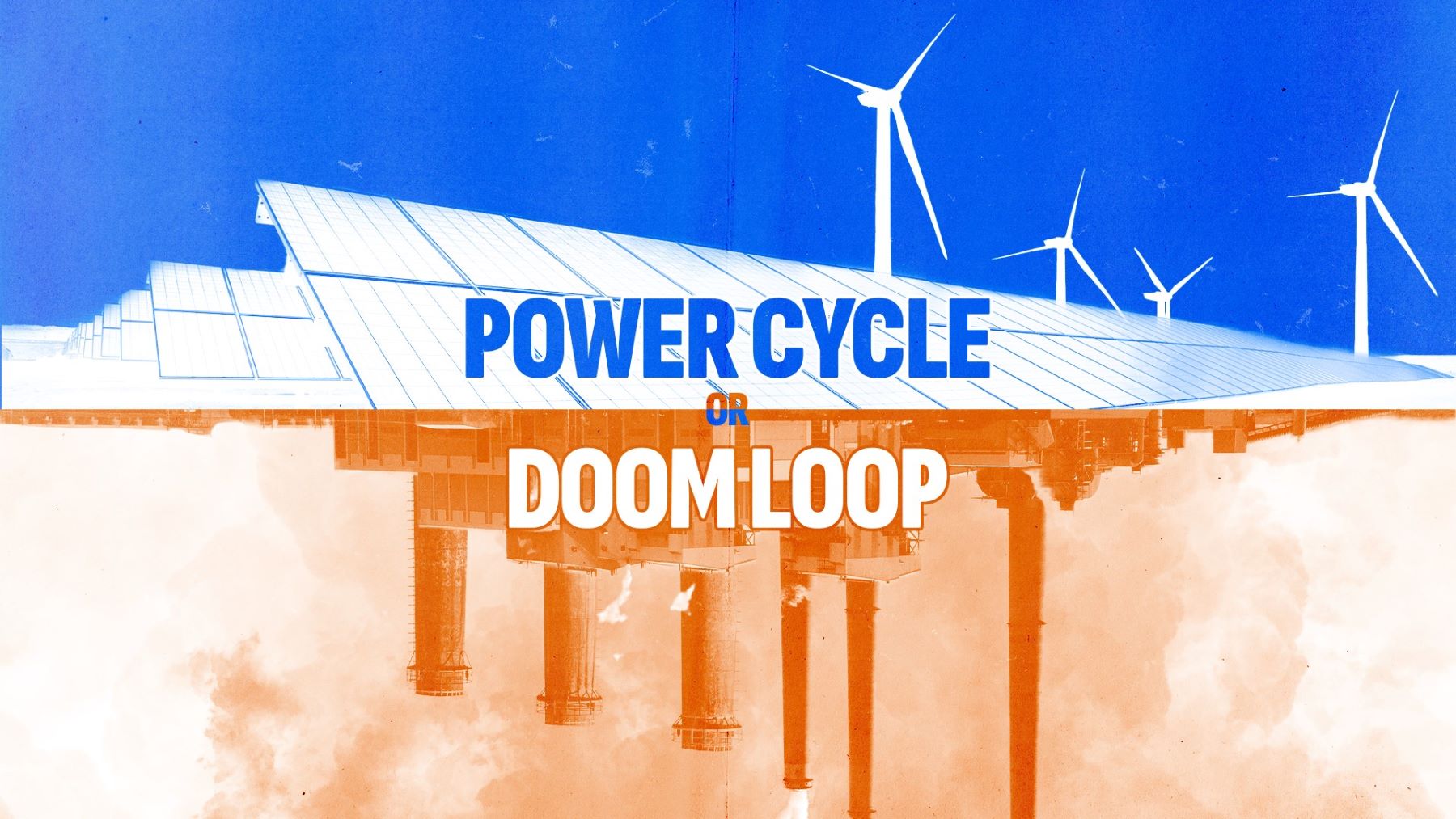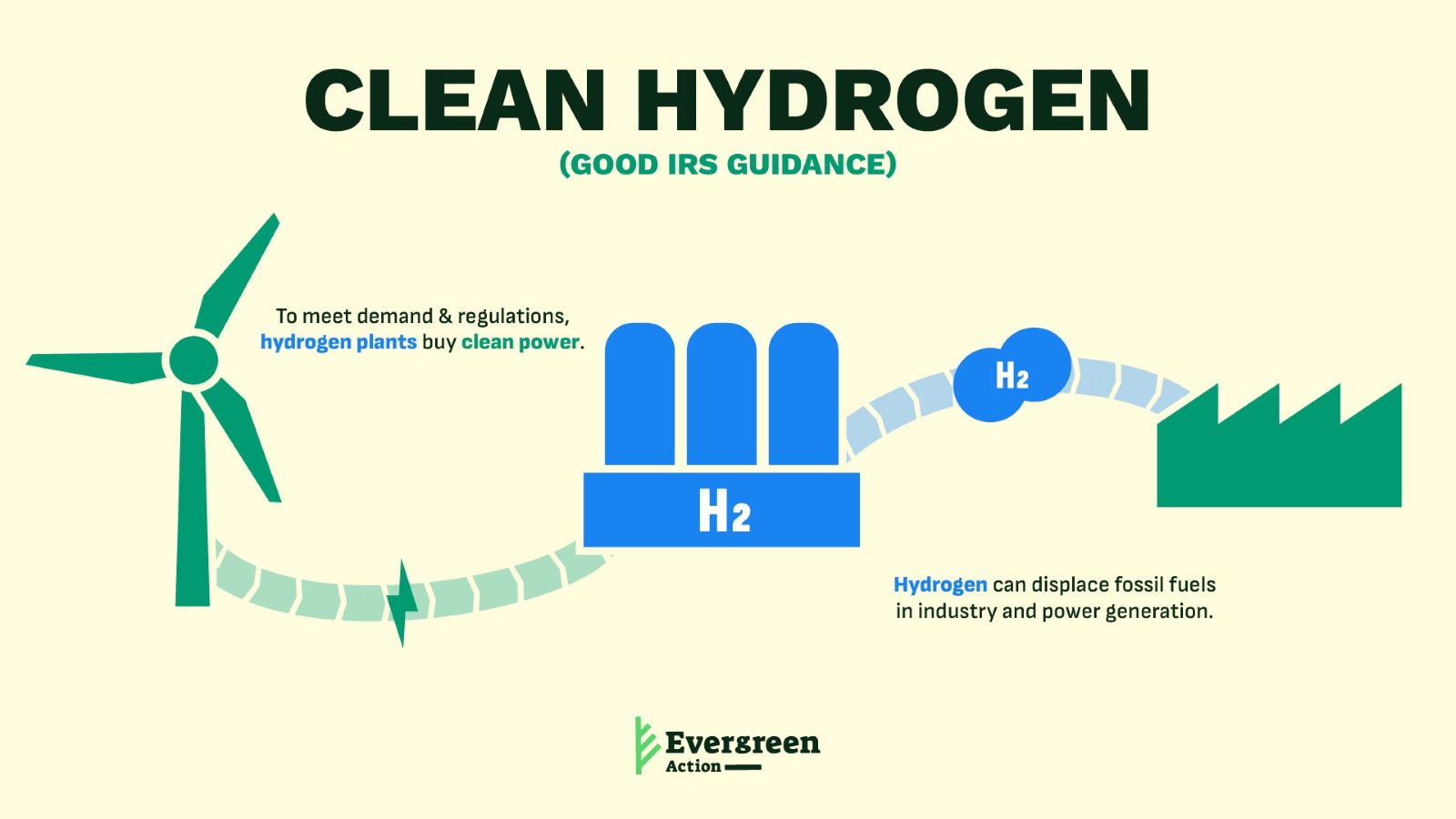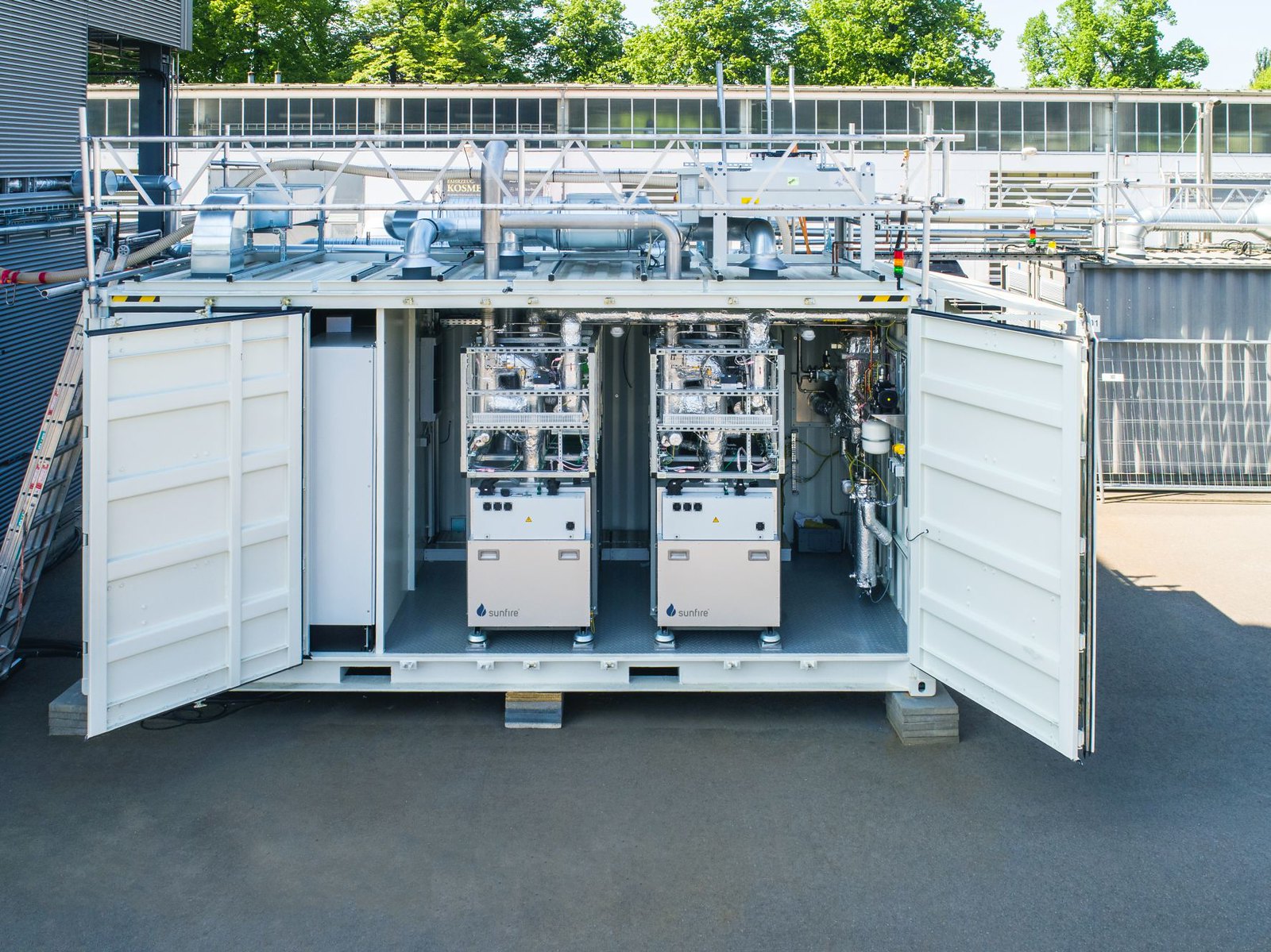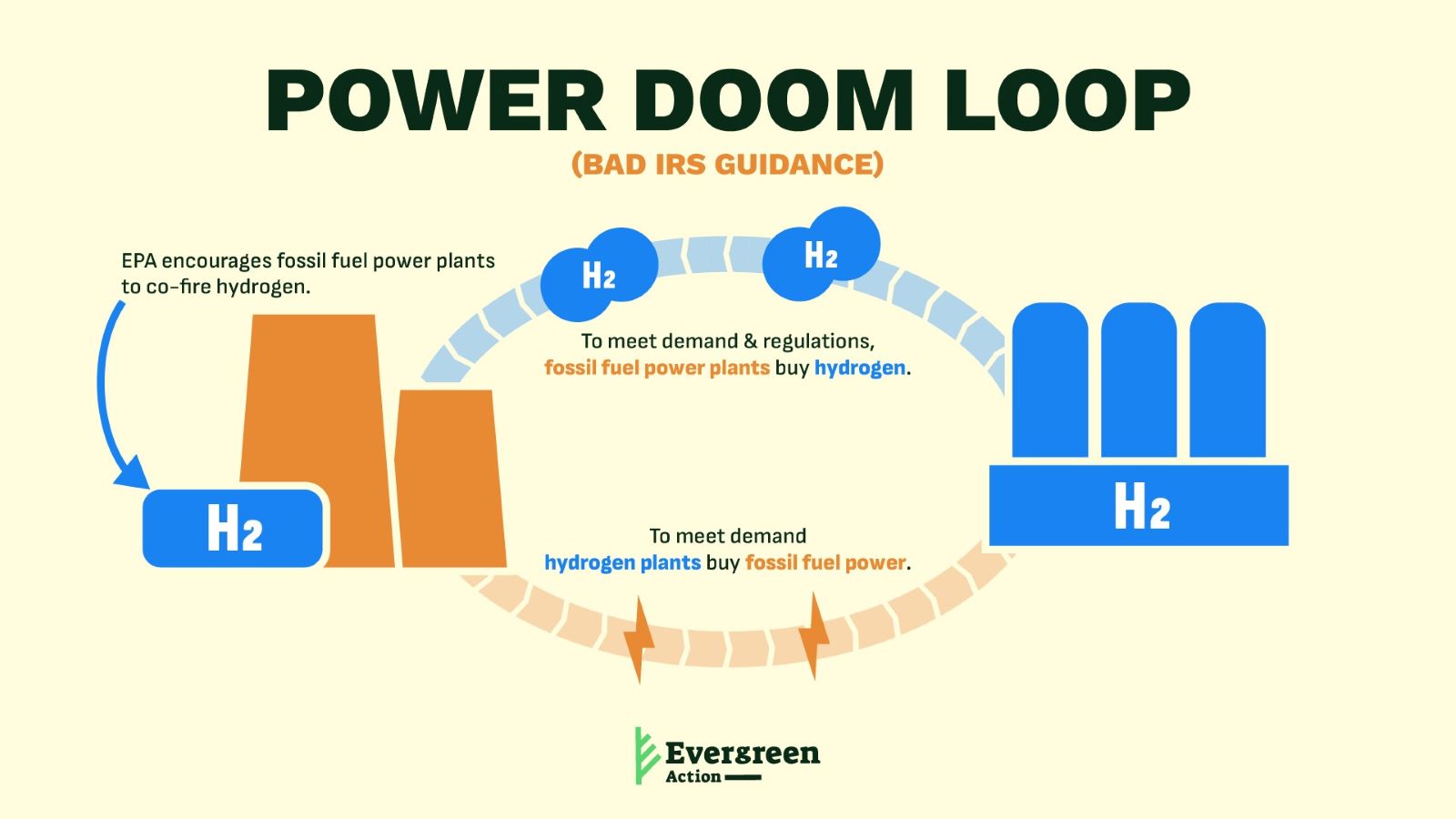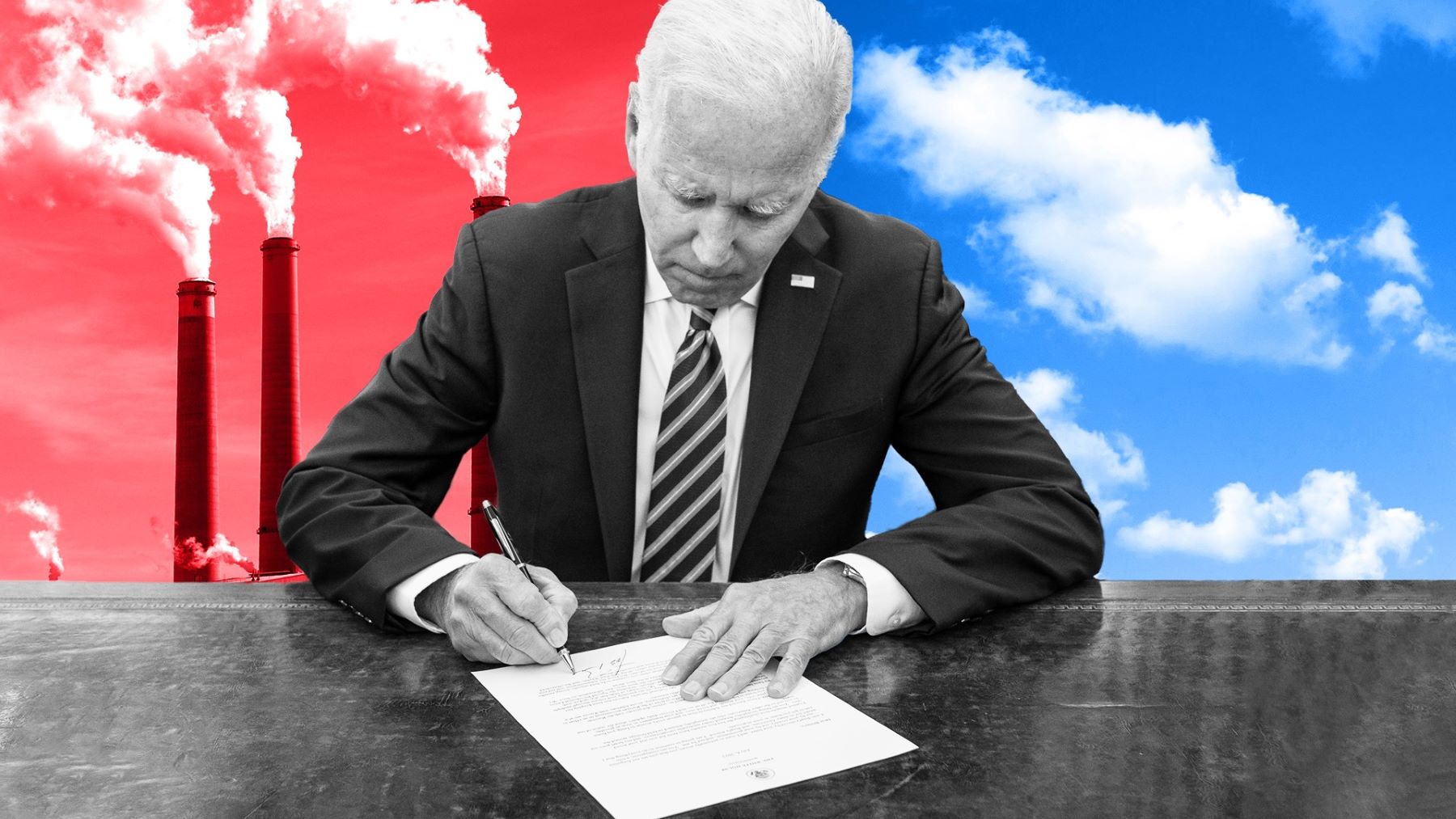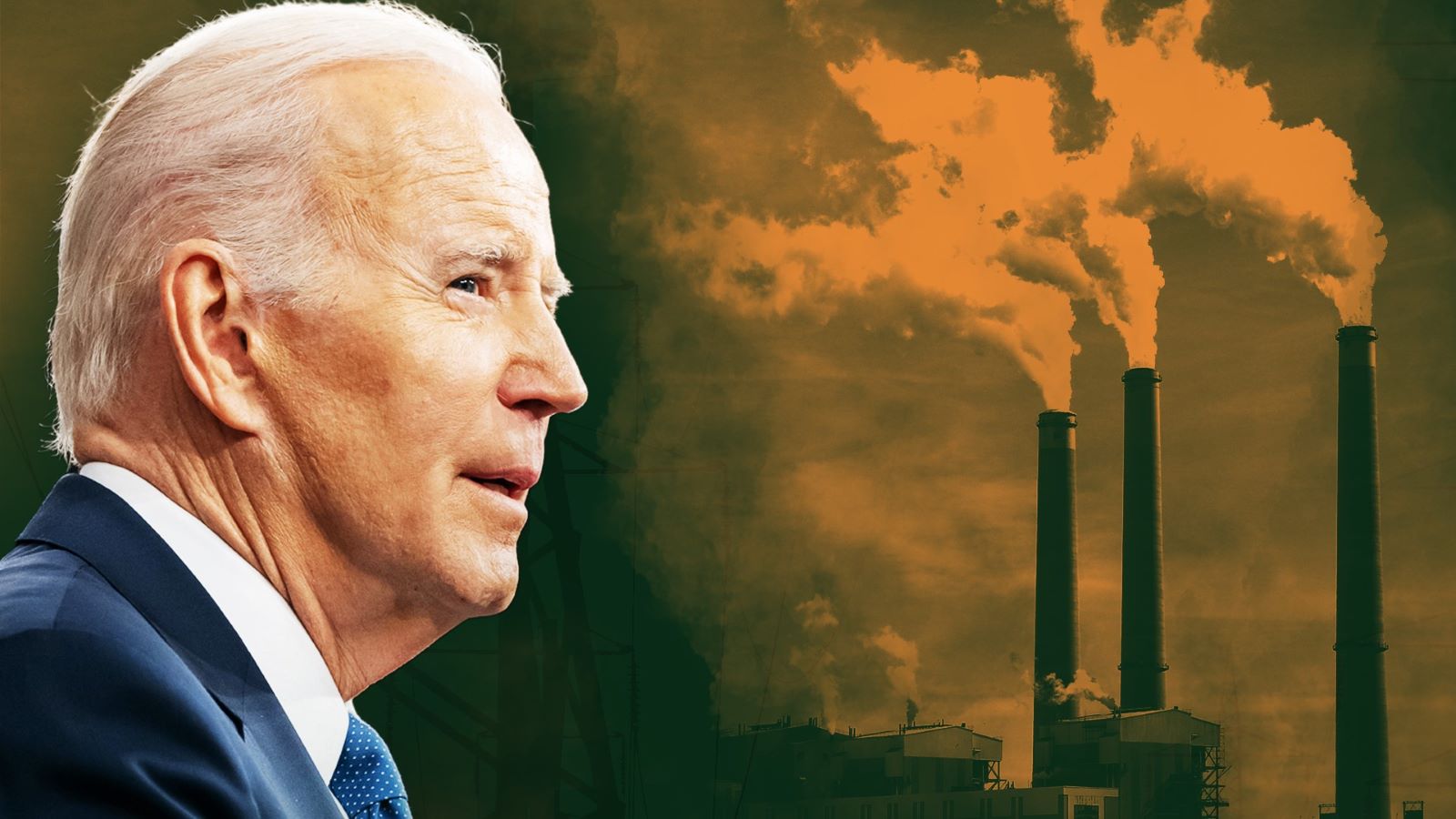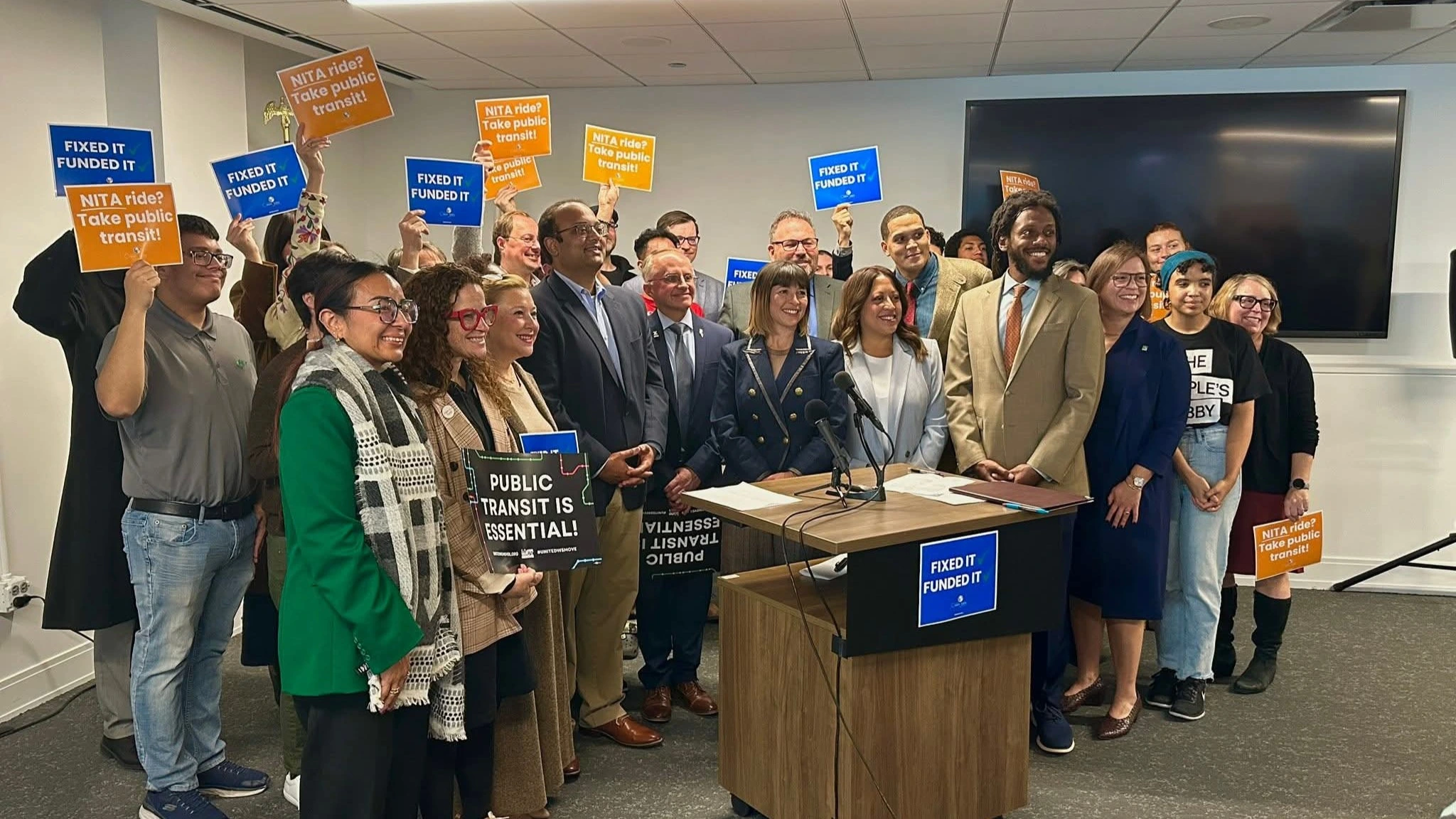Three things IRS must consider in its clean hydrogen production credit guidance
It would be absurd if IRS misinterpreted the IRA, a climate law, and poured public money into making the climate worse. That’s why advocates, including our colleagues at NRDC and Energy Innovation, and several companies and industry groups are calling for IRS to implement “three pillars” in its guidance to ensure that hydrogen does not undercut our race to clean energy:
1. New clean supply or additionality: Electrolyzers should be powered by new clean energy that is not already on the grid. (Buying credits from existing clean energy doesn’t cut it because that can just shuffle power around the grid without actually decreasing climate pollution—the marginal gas plant just powers another user.)
2. Deliverability: Electrolyzers should use local sources of clean electricity that are physically delivered to them by facilities in their region of the grid. (In short, facilities can’t claim credits from a part of the grid that isn’t reacting to their facility’s demand.)
3. Hourly time-matching: Electrolyzers must run during the same hours as the clean electricity is being generated. (This prevents facilities from buying solar energy credits while running a plant overnight on fossil gas.)
If IRS fails to require any one of these three pillars, we’re setting up fake “clean” hydrogen that is actually massively increasing power generation from fossil fuels, sending emissions sky-rocketing. Because power plants are often located in lower-income or minority communities as a result of decades of racist planning, that result would not just be terrible climate news—it’s a civil rights nightmare in stark tension with the President’s environmental justice initiatives.
These pillars are not new. They are accounting principles that are rapidly becoming a norm, mirroring trends in voluntary clean energy procurement, requirements in the European Union and Colorado’s new hydrogen tax credit, and which can deploy tracking tools already used in major power grids. But it should be no surprise that the dirtier parts of the power industry and some hydrogen developers—who would like the public’s climate money with no strings attached—are filling up IRS docket with claims that it is just too hard to make sure this new industry isn’t just greenwashing.
In the face of the potential for creating hundreds of millions of tons of excess climate pollution, with public money that is supposed to reduce climate pollution, some members of the power industry will continue to argue that it’s too expensive to build electrolyzers truly tied to clean energy, the grid is slowly cleaning up anyway, and we should just get started without all these “requirements.” But we have seen this movie before.
When the government funds a whole new industry without proper safeguards, it’s easy to turn a “half-measure” into the forever “solution,” raking in public funds and polluting along the way. We’ve seen crop-based biofuels touted as gasoline replacements that turned out to be a climate disaster, fossil gas supposedly acting as a “bridge fuel” from coal power plants but actually spewing heavily-polluting super-pollutant methane—all while gas utilities illegally spend public funds to lobby against electrification and waste gas trucks that were supposed to replace diesel actually pollute more than the trucks they replaced. The Biden administration should know better than spending billions to create another dirty industry spewing malarkey.
